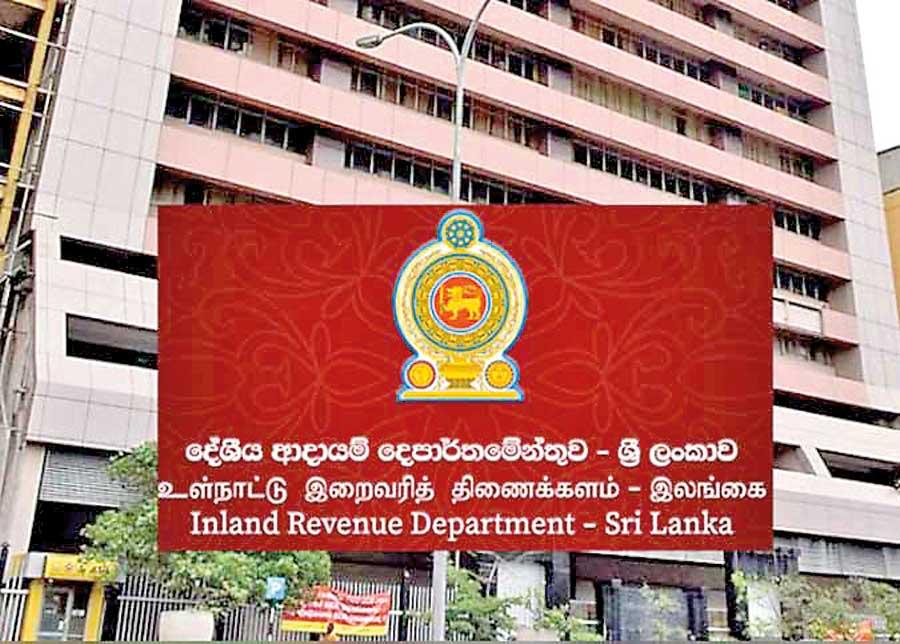Sri Lanka aims to increase direct tax collection to 40 percent by 2025 from the current 30 percent, through expanded tax nets and legal actions against tax evaders, according to State Finance Minister Ranjith Siyambalapitiya.
Direct taxes, levied on individuals with higher incomes and significant asset ownership, are set to play a crucial role as the country navigates its economic recovery. Following a severe economic crisis and sovereign debt default, both direct and indirect taxes have been increased, with new wealth, property, and inheritance taxes expected next year in alignment with IMF commitments.
Siyambalapitiya noted that state revenue has risen to nearly 13 percent of GDP from 8.3 percent in 2022. The shift from 80 percent indirect taxes and 20 percent direct taxes to a 70:30 ratio is a step towards a fairer tax system, aiming for a 40:60 split by 2025.
Despite the higher tax burden making the government unpopular, particularly impacting purchasing power and disposable income, Siyambalapitiya emphasized the necessity of sustaining current tax policies for economic stability. The government plans to increase state revenue to 15 percent of GDP and take legal action against tax evaders, with a focus on professionals in special categories.
Once the revenue target is achieved, the government intends to reduce indirect taxes and increase the PAYE tax threshold. Siyambalapitiya acknowledged the difficulty of raising tax revenue but expressed optimism about reaching the 15 percent GDP goal with public cooperation.
